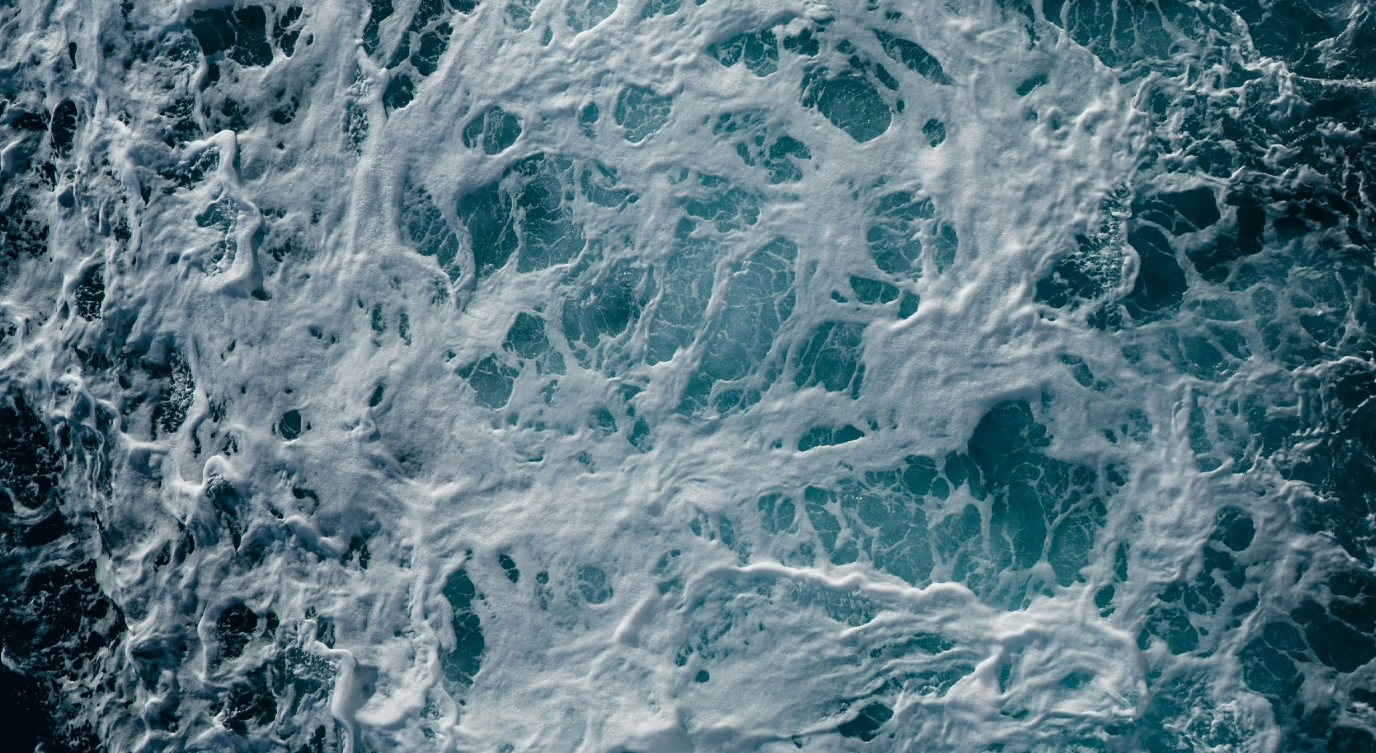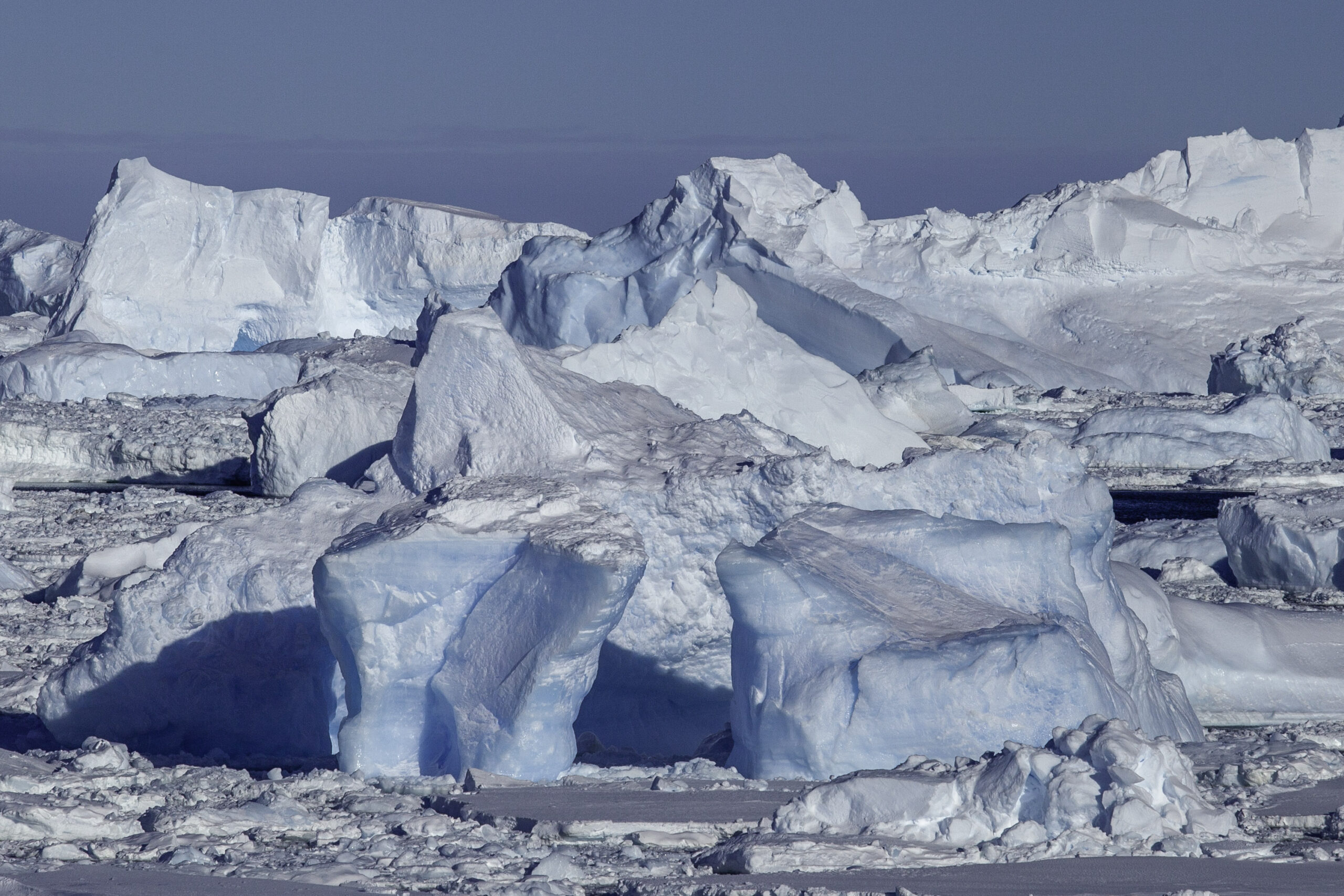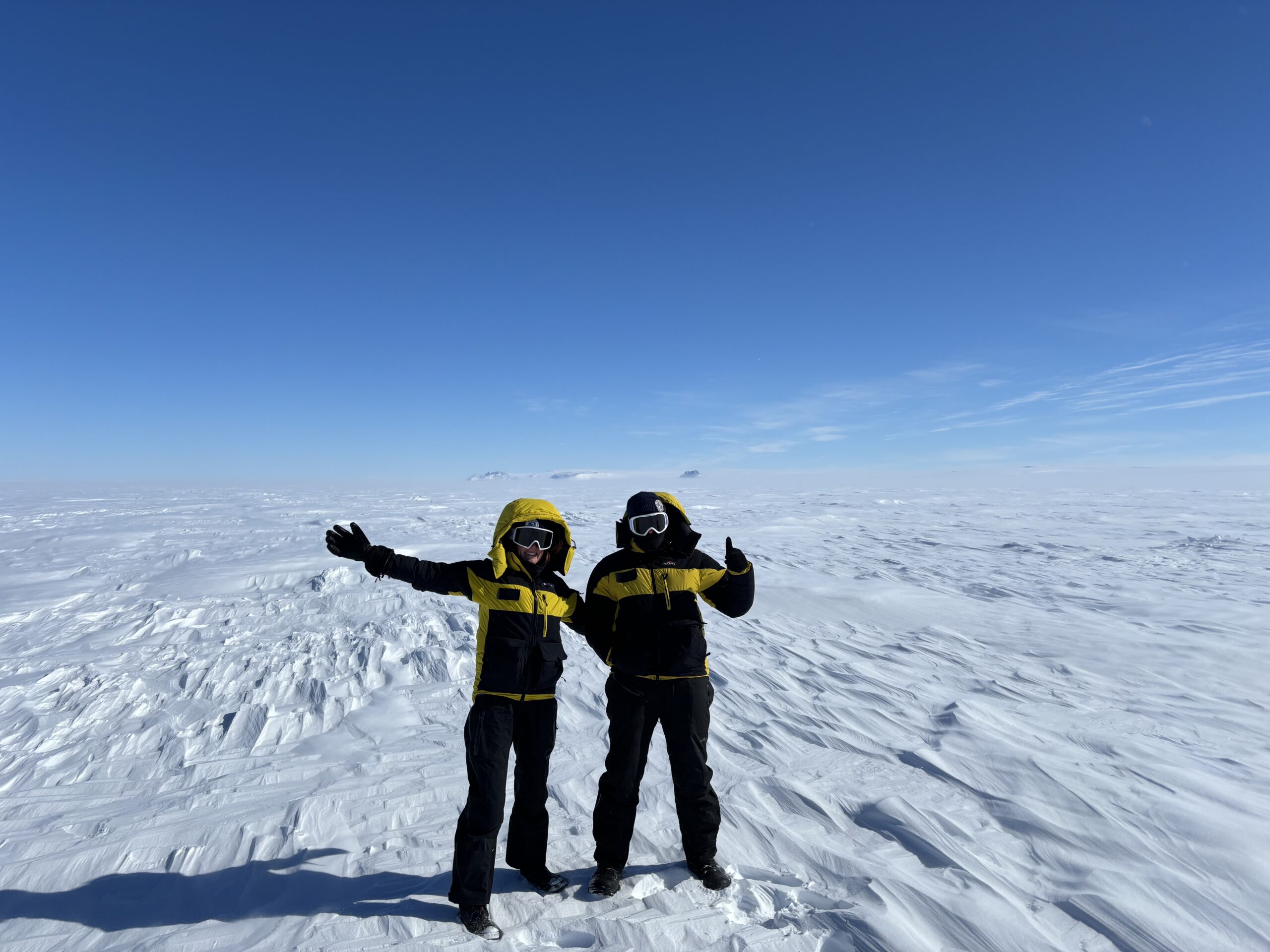Microscopic shifts, global stakes – how Antarctic sea ice loss is disrupting ocean ecosystems
A new study led by Tamara Schlosser for the Australian Centre for Excellence in Antarctic Science and the University of Tasmania has uncovered compelling evidence that the Southern Ocean is undergoing a dramatic transformation – with significant implications for marine ecosystems and global climate processes.
Published in Elementa: Science of the Anthropocene, the research adds to a body of recent evidence revealing that Antarctic sea ice has transitioned to a new regime – marked by record lows in sea-ice extent in 2023 and 2024 – which is reshaping the physical and biological dynamics of the region. Schlosser’s analysis of Biogeochemical (BGC) and Core Argo float data over the past decade shows that reduced sea ice is leading to warmer, saltier surface waters, deeper mixing layers, and altered phytoplankton bloom patterns.
“We’re seeing a shift in the freshwater and salt budget that’s never been observed before,” said Schlosser. “Some regions had no sea ice all year, which is unprecedented. And that’s changing how phytoplankton behave – shorter, smaller blooms, less summer biomass, and in some cases, surprising productivity spikes.”
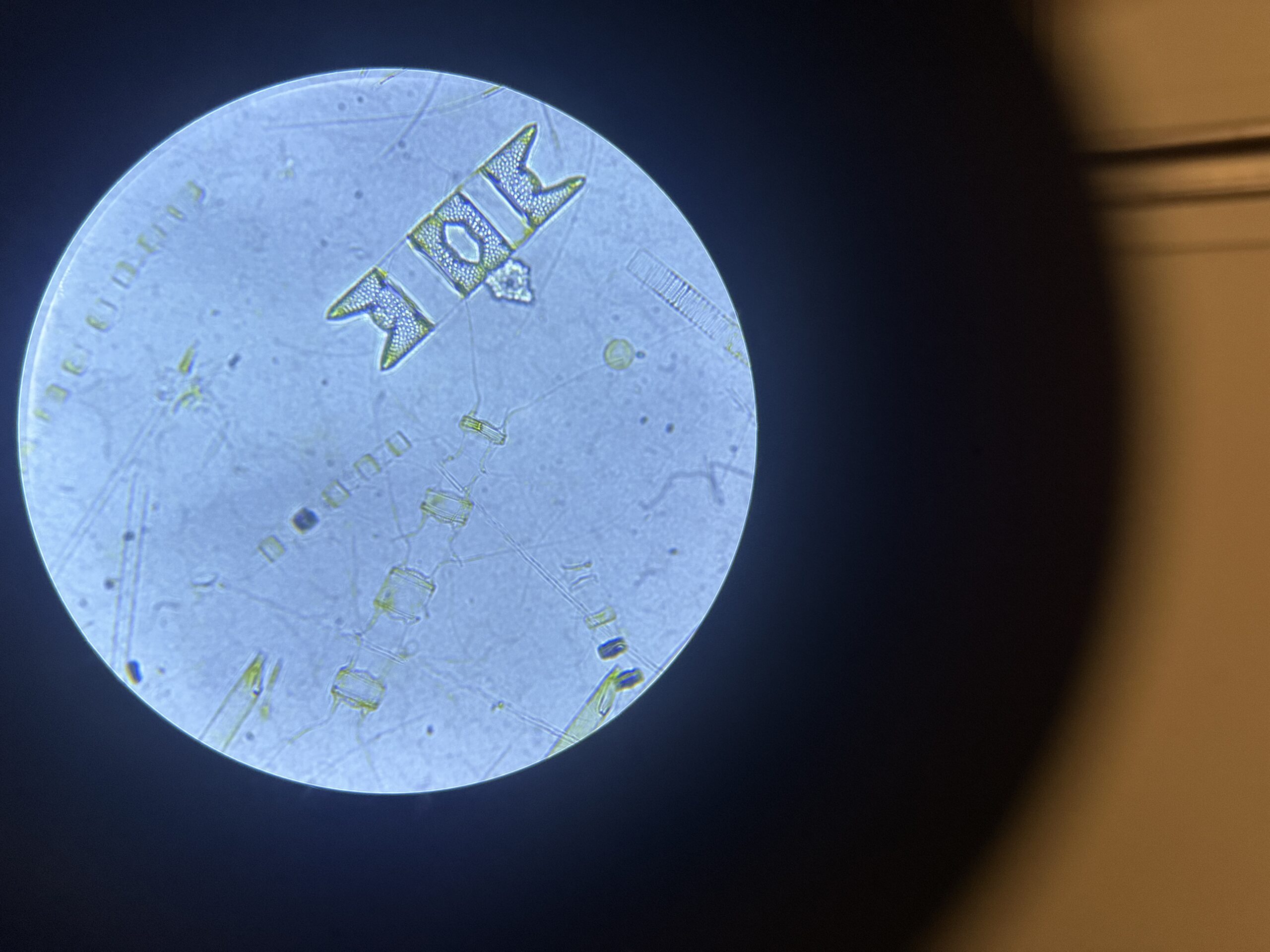
Phytoplankton: the ocean’s hidden climate engine
Phytoplankton, the microscopic photosynthesizers at the base of the marine food web, play a vital role in carbon capture and oxygen production. Their seasonal blooms are tightly linked to sea-ice cycles, and disruptions in timing or biomass can ripple through the ecosystem – impacting krill populations, fisheries, and the biological pump that sequesters carbon in the deep ocean.
"Phytoplankton are the ocean’s version of the Amazon rainforest,” Schlosser explained. "They produce oxygen and capture carbon. But if blooms shift in timing or composition, we could see major consequences for carbon cycling and food availability for species like krill.”
The study found that while low sea-ice years typically led to weaker blooms, 2023 was an anomaly – with longer, more productive blooms in some regions. This variability hints at a possible transition toward Arctic-like bloom regimes, where multiple smaller blooms replace a single dominant one. However, Schlosser cautions that regional differences are stark, and broad generalisations may obscure critical local impacts.
"It’s not just about how much biomass there is – it’s about what kind of biomass,” she said. "Smaller phytoplankton are more buoyant and less effective at sinking carbon to the deep ocean. So even if productivity increases, carbon capture might not.”
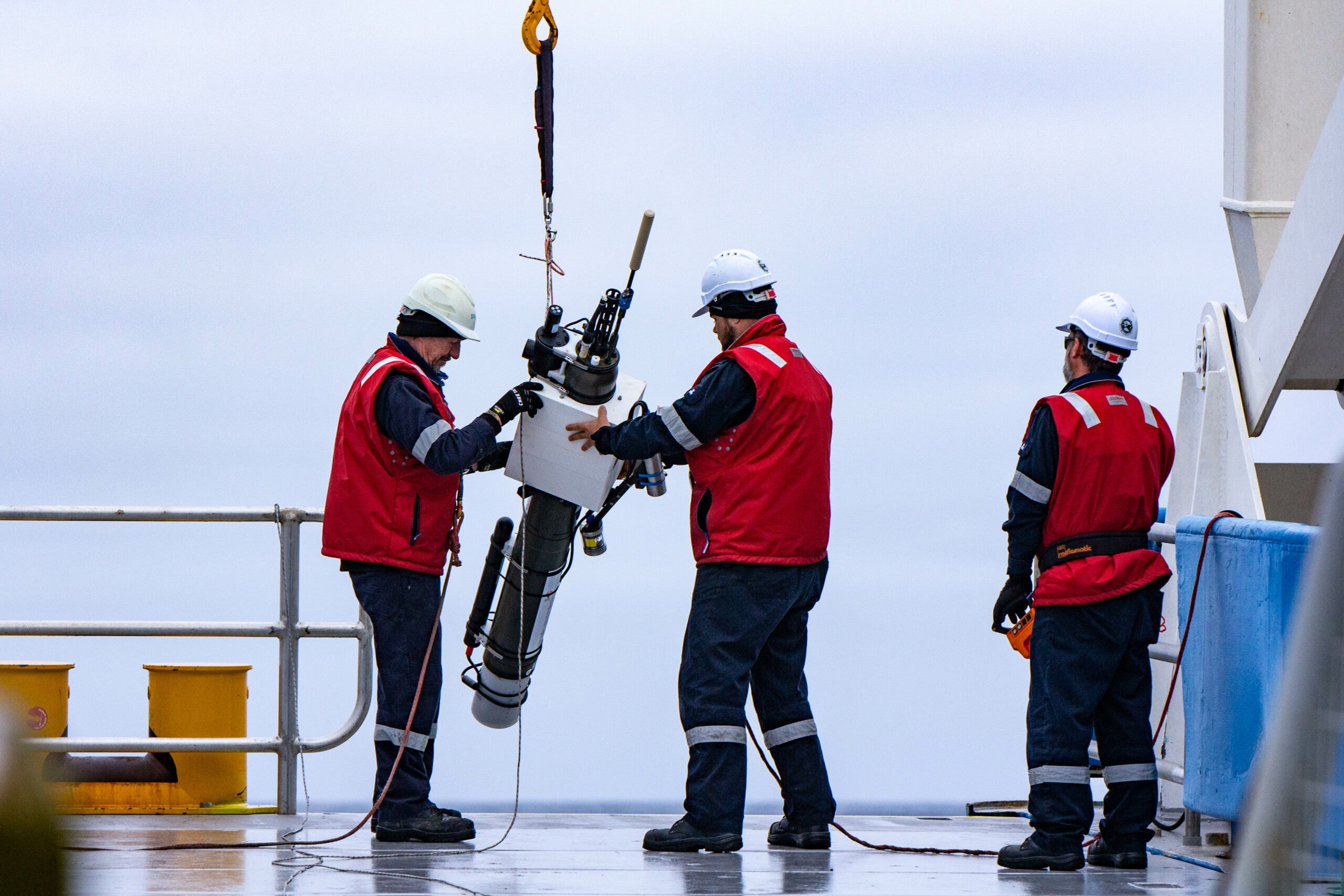
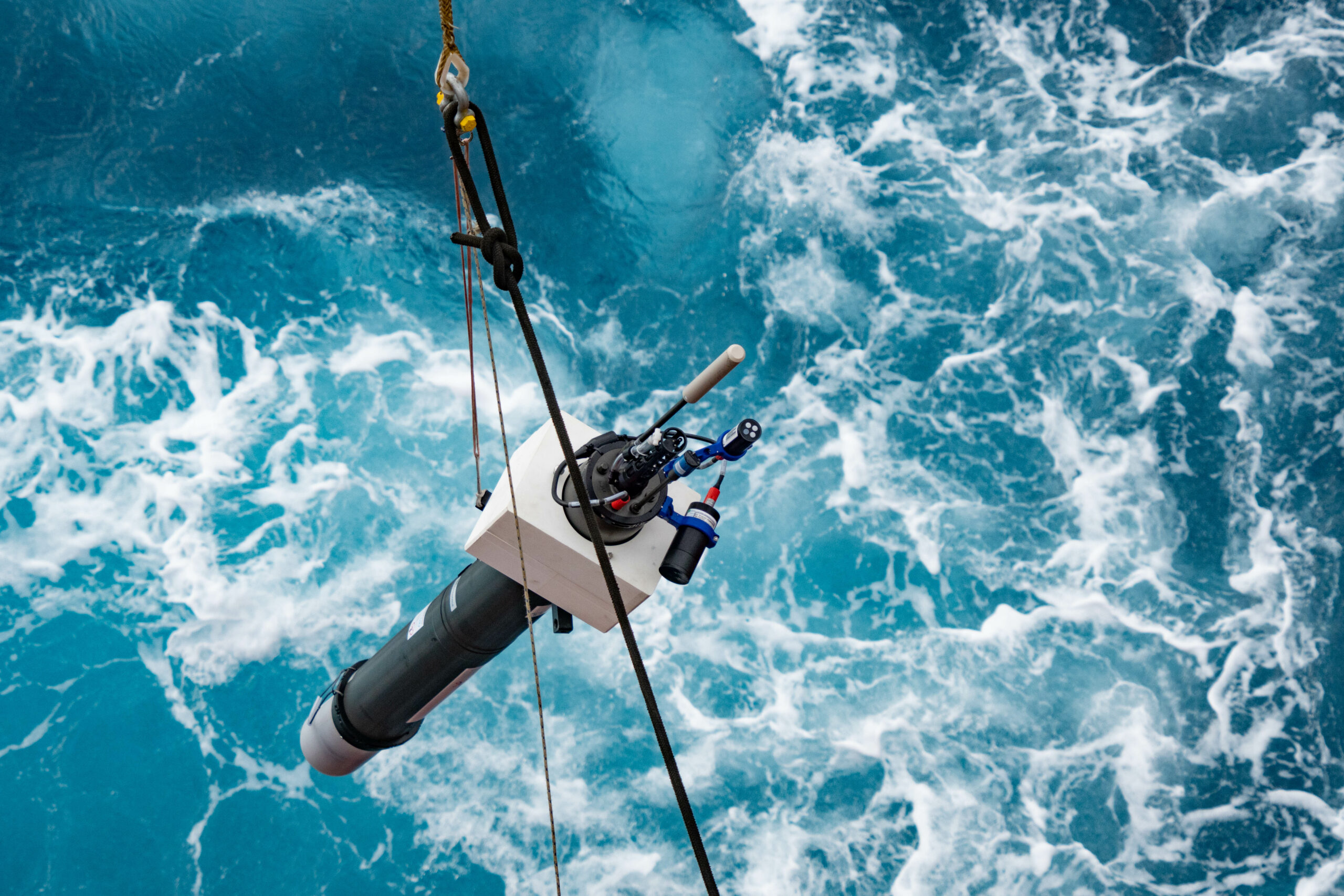
Eyes in the deep: monitoring a changing ocean
The research also underscores the importance of long-term monitoring programs. Autonomous BGC-Argo floats, which collect data in hard-to-reach areas like the ice-covered Southern Ocean, are essential for tracking these changes. But sparse coverage and sampling bias remain challenges.
“This research underscores the need for more floats, more consistent data, and more investment in observing systems,” Schlosser emphasised. “This is a critical time of transition, and understanding what’s happening now is vital.”
As the Southern Ocean continues to evolve, Schlosser’s work offers a timely reminder that the impacts of climate change are not only visible in melting glaciers or rising seas – but also in the invisible shifts beneath the surface, where microscopic organisms play a crucial role in determining our planet’s future.
Read the paper: Phytoplankton blooms in the new Southern Ocean sea-ice regime
Subscribe to our newsletter
For more Antarctic news and stories, subscribe to our mailing list here.
